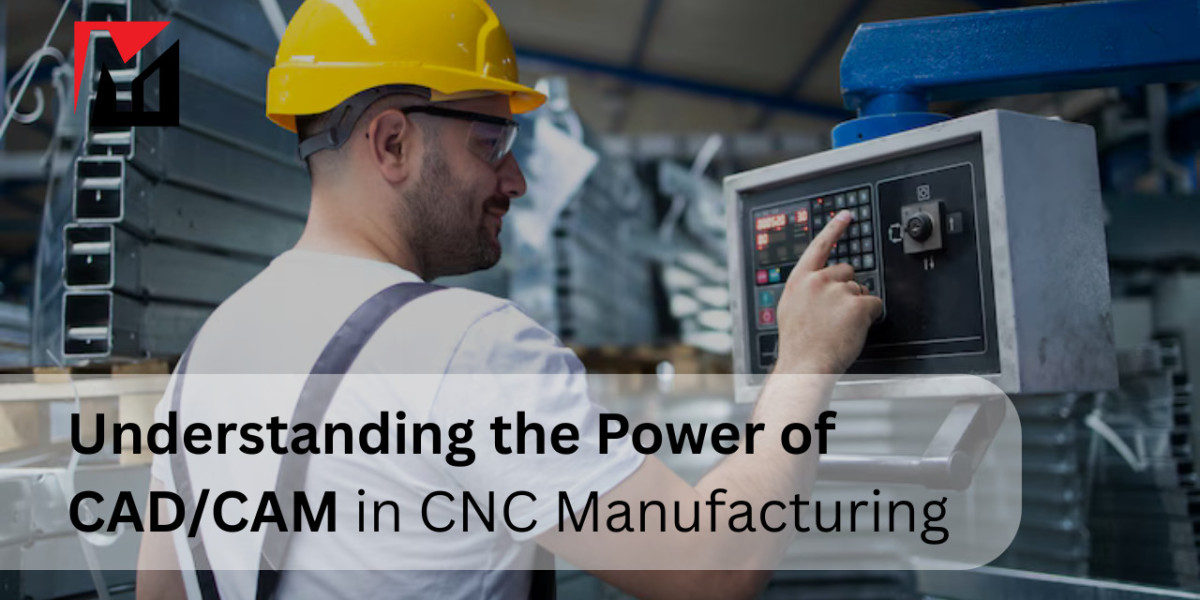At MyT Machining, we believe that precision begins long before a cutting tool ever touches material. In modern manufacturing, the integration of computer-aided design and computer-aided manufacturing—tightly connected with CNC machining—has revolutionized how parts are conceptualized, programmed, and produced. This triad, commonly referred to as cad cam cnc, is now foundational to high-efficiency and high-accuracy production in industries such as aerospace, automotive, medical, and defense.
In this article, we’ll explore what CAD, CAM, and CNC are individually, how they work together, and why businesses are increasingly relying on their seamless integration to stay competitive in a precision-driven world.
What Does CAD CAM CNC Mean?
Let’s break down each element in the acronym and understand their individual roles.
1. CAD – Computer-Aided Design
CAD software is used to create detailed digital models of parts and assemblies. These models define every surface, edge, and hole with extreme precision, and they form the foundation for manufacturing.
Popular CAD platforms include:
SolidWorks
AutoCAD
Fusion 360
CATIA
Siemens NX
In a manufacturing workflow, the CAD file is typically the first step—containing all critical dimensions, material requirements, and tolerances necessary for production.
2. CAM – Computer-Aided Manufacturing
CAM software takes the CAD model and translates it into a sequence of machining operations. It generates tool paths, selects cutting tools, optimizes feeds and speeds, and simulates material removal.
Common CAM software includes:
Mastercam
Fusion 360 (integrated)
GibbsCAM
Edgecam
Siemens NX CAM
Once programming is complete, the CAM system exports G-code, the language that CNC machines understand to execute the operations.
3. CNC – Computer Numerical Control
CNC machines follow the instructions generated by the CAM software to perform precise cutting, milling, turning, drilling, and more. They are automated systems capable of executing complex tool paths with minimal human intervention.
Types of CNC machines include:
3-axis and 5-axis milling machines
CNC lathes and turning centers
Wire EDM and sinker EDM
CNC routers
CNC grinders
CNC completes the chain, turning a design concept into a physical part with micron-level accuracy.
How CAD CAM CNC Integration Streamlines Manufacturing
One of the most powerful aspects of this process is how well each component links with the others. When CAD, CAM, and CNC systems are integrated into a digital workflow, the benefits are substantial.
● Faster Design-to-Production Time
With integrated systems, once a CAD model is finalized, it can immediately be used in CAM software without conversion or rework. The G-code can be quickly generated, verified, and sent to the CNC machine.
● Improved Accuracy and Repeatability
CAD models ensure the design is exact. CAM programs ensure that tool paths match this geometry precisely. CNC machines then execute with sub-millimeter tolerances — every part identical.
● Reduced Manual Errors
Data is passed from CAD to CAM to CNC digitally, reducing human transcription errors that are common in manual programming or machining.
● Simulation and Verification
CAM software includes real-time simulation features to visualize how material is removed. This allows engineers to catch collisions, inefficiencies, or unoptimized paths before any machine time is spent.
● Agility in Prototyping and Production
Modifying a part in CAD can quickly lead to an updated toolpath in CAM and new G-code for CNC, reducing lead time and allowing rapid design iteration.
Real-World Applications of CAD CAM CNC in Manufacturing
At MyT Machining, we use CAD CAM CNC integration across many industries. Here's how it plays out in practice:
Aerospace
High-tolerance turbine blades, brackets, and structural elements
5-axis machining of complex geometries
Toolpath simulation to avoid expensive scrap
Automotive
Mold and die manufacturing
Lightweight aluminum parts and fixtures
Batch production of consistent components
Medical
Surgical instruments and orthopedic implants
Custom devices with unique patient geometry
Safe programming with collision simulation
Industrial Automation
Robotics end-effectors and machine mounts
Electrical enclosure panels
Machined parts for sensor and motor assemblies
Key Benefits of CAD CAM CNC for Manufacturers
Design Consistency
Once a CAD model is approved, the exact same geometry can be used in multiple production runs, across different machines, or in different locations — with no variation.
Reduced Production Time
Toolpaths generated via CAM software are highly optimized. Combined with fast CNC machining, even complex parts can be completed in hours instead of days.
Material Savings
Optimized tool paths reduce unnecessary material removal, saving raw materials and minimizing waste.
Cost Efficiency
Fewer reworks, higher tool life, and reduced setup times lower per-part costs and improve return on investment in both prototyping and full-scale production.
Enhanced Collaboration
Designers, engineers, and machinists can all work from a single digital model, ensuring better communication and faster revisions.
Modern Trends in CAD CAM CNC
1. Cloud-Based CAD/CAM
Platforms like Fusion 360 allow for remote collaboration, automatic version control, and integrated cloud simulation. This is especially valuable for distributed manufacturing teams.
2. AI-Driven Toolpath Optimization
CAM systems are increasingly using AI algorithms to improve tool paths, extend tool life, and reduce machining time.
3. Digital Twin Technology
Manufacturers are building digital twins of machines and products to simulate behavior before production. This enables predictive maintenance, better accuracy, and lower downtime.
4. Integrated Quality Control
Some CAD/CAM systems now export data directly to coordinate measuring machines (CMMs) for inspection, closing the loop on digital part verification.
Why Choose MyT Machining for CAD CAM CNC Projects?
At MyT Machining, we embrace the full power of CAD CAM CNC integration to deliver premium quality components. Whether it’s a prototype or high-volume production, we combine design engineering, CAM programming, and CNC execution in-house.
What sets us apart?
Expert team fluent in all major CAD and CAM platforms
State-of-the-art CNC machinery with multi-axis capability
Rapid prototyping and same-week production
Simulation and DFM support to eliminate risk
Consistent quality backed by full inspection reports
From raw model to finished part, we control the process — ensuring your components are built right the first time.
Final Thoughts
The integration of CAD, CAM, and CNC technologies has transformed how manufacturers approach part production. What once took days of manual drafting, programming, and machining can now be completed in hours with unmatched accuracy. Whether you're creating aerospace-grade components or small production batches for industrial automation, embracing cad cam cnc workflows ensures speed, efficiency, and repeatability.
At MyT Machining, we help clients unlock these benefits every day. Our end-to-end digital process is built for precision manufacturing — powered by data, driven by experience.



